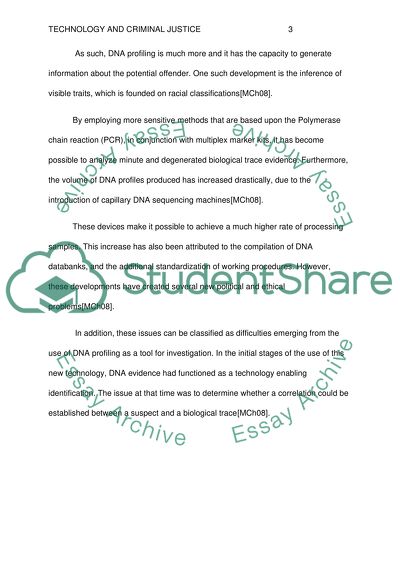Cite this document
(“Technology in criminal justice mangement Research Paper”, n.d.)
Technology in criminal justice mangement Research Paper. Retrieved from https://studentshare.org/law/1622113-technology-in-criminal-justice-mangement
Technology in criminal justice mangement Research Paper. Retrieved from https://studentshare.org/law/1622113-technology-in-criminal-justice-mangement
(Technology in Criminal Justice Mangement Research Paper)
Technology in Criminal Justice Mangement Research Paper. https://studentshare.org/law/1622113-technology-in-criminal-justice-mangement.
Technology in Criminal Justice Mangement Research Paper. https://studentshare.org/law/1622113-technology-in-criminal-justice-mangement.
“Technology in Criminal Justice Mangement Research Paper”, n.d. https://studentshare.org/law/1622113-technology-in-criminal-justice-mangement.


